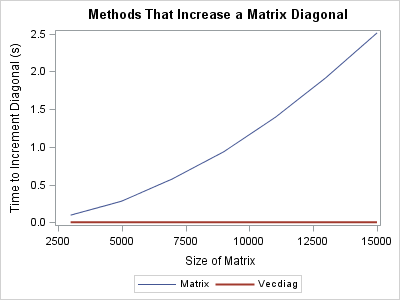
I was recently asked about how to use the SAS/IML language to efficiently add a constant to every element of a matrix diagonal. Mathematically, the task is to form the matrix sum A + kI, where A is an n x n matrix, k is a scalar value, and I is the

I was recently asked about how to use the SAS/IML language to efficiently add a constant to every element of a matrix diagonal. Mathematically, the task is to form the matrix sum A + kI, where A is an n x n matrix, k is a scalar value, and I is the
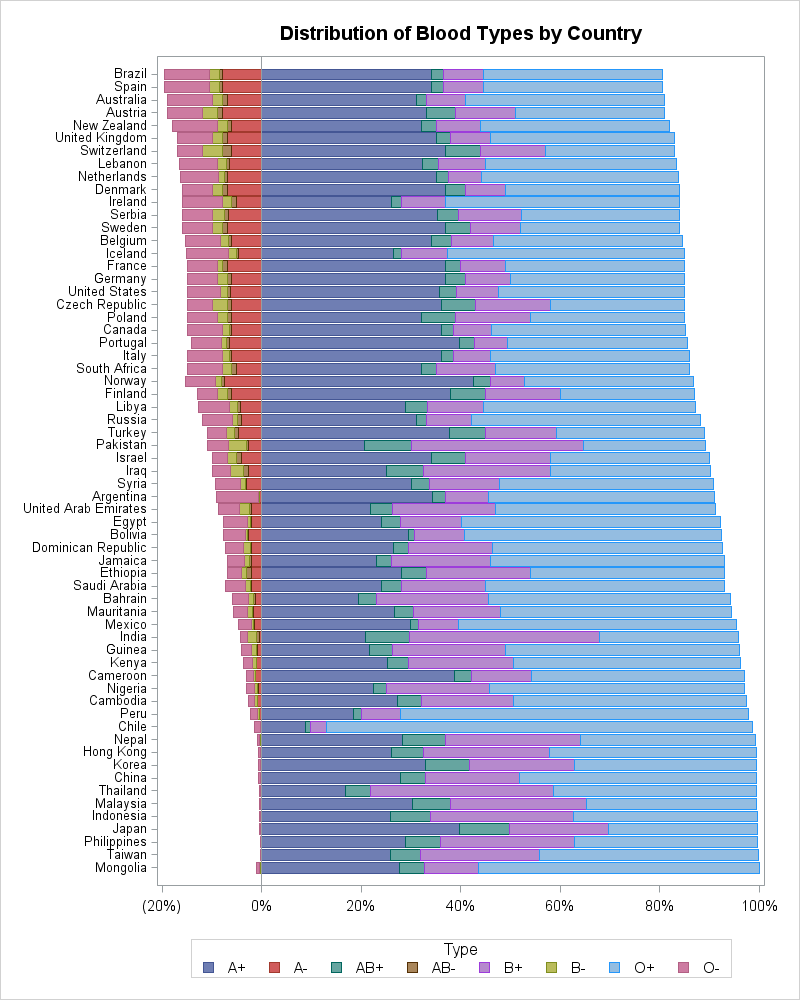
My colleague Robert Allison has a knack for finding fascinating data. Last week he did it again by locating data about how blood types and Rh factors vary among countries. He produced a series of eight world maps, each showing the prevalence of a blood type (A+, A-, B+, B-,
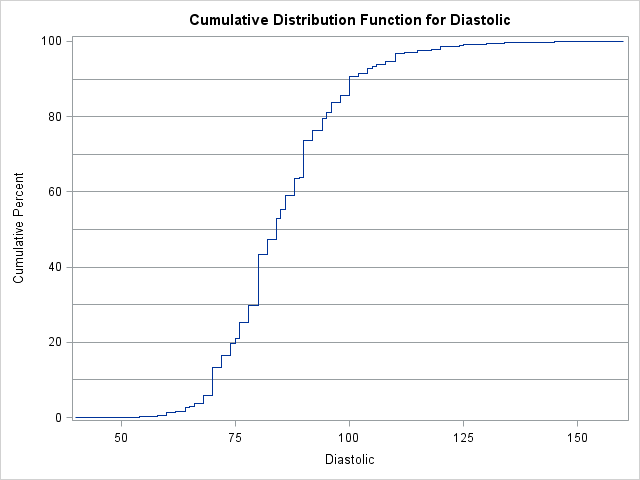
In my article about how to create a quantile plot, I chose not to discuss a theoretical issue that occasionally occurs. The issue is that for discrete data (which includes rounded values), it might be impossible to use quantile values to split the data into k groups where each group

It has been three months since the introduction of the SAS/IML File Exchange, so I thought I'd give a short update on recent submissions and activity. (Note: The File Exchange was merged into the SAS Community Library in 2022.) Users have submitted eight new articles. The application areas include experimental
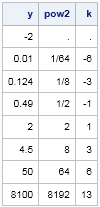
The other day I was doing some computations that caused me to wonder, "What is the smallest power of 2 that is greater than a given number?" The mathematics is straightforward. Given a number n, find the least value of k such that 2k ≥ n or, equivalently, k ≥
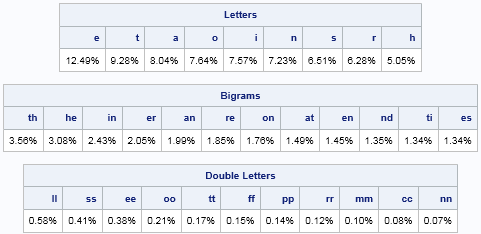
Many people enjoy solving word games such as the daily Cryptoquote puzzle, which uses a simple substitution cipher to disguise a witty or wise quote by a famous person. A common way to attack the puzzle is frequency analysis. In frequency analysis you identify letters and pairs of letters (bigrams)

One of my presentations at SAS Global Forum 2014 was about the new heat map functions in SAS/IML 13.1. Over the summer I created a short video of my presentation, which gives an overview of visualizing matrices with heat maps, and describes how to choose colors for heat maps: If
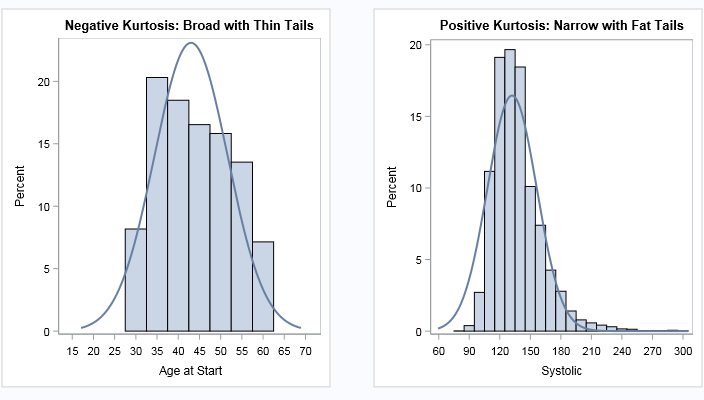
What is kurtosis? What does negative or positive kurtosis mean, and why should you care? How do you compute kurtosis in SAS software? It is not clear from the definition of kurtosis what (if anything) kurtosis tells us about the shape of a distribution, or why kurtosis is relevant to

A few years ago I wrote an article that shows how to compute the log-determinant of a covariance matrix in SAS. This computation is often required to evaluate a log-likelihood function. My algorithm used the ROOT function in SAS/IML to compute a Cholesky decomposition of the covariance matrix. The Cholesky
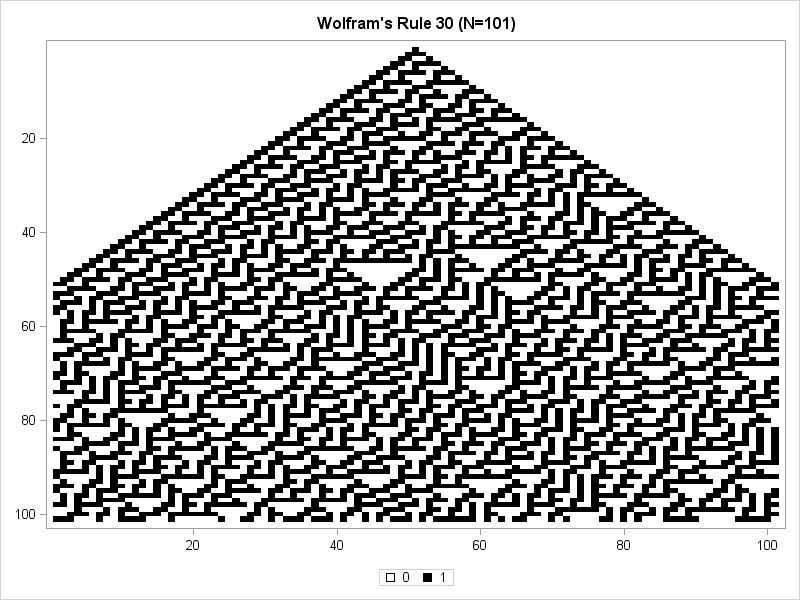
My previous blog post describes how to implement Conway's Game of Life by using the dynamically linked graphics in SAS/IML Studio. But the Game of Life is not the only kind of cellular automata. This article describes a system of cellular automata that is known as Wolfram's Rule 30. In